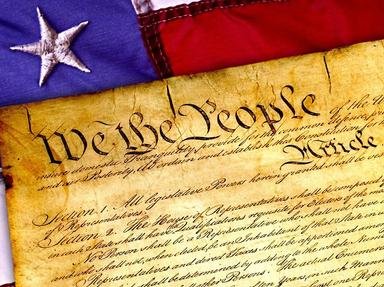Quiz Answer Key and Fun Facts
1. French
2. Prussian
3. Polish
4. Litvin/Polish
5. Known as a Father of American Cavalry
6. Named his son after George Washington
7. Took a Grand Tour of the United States in 1824
8. Called the Hero of Two Worlds
9. Credited with saving George Washington at Battle of Brandywine
10. Killed at the Siege of Savannah
11. Wrote the "Blue Book"
12. Trained men at Valley Forge 1778
13. Presided over the forming of the Society of the Cincinnati
14. Served as a military engineer at West Point
15. Proclaimed National Hero of Poland, U.S., Belarus, and Lithuania
16. Chose Thomas Jefferson as executor of his will
Source: Author
ponycargirl
This quiz was reviewed by FunTrivia editor
trident before going online.
Any errors found in FunTrivia content are routinely corrected through our feedback system.
